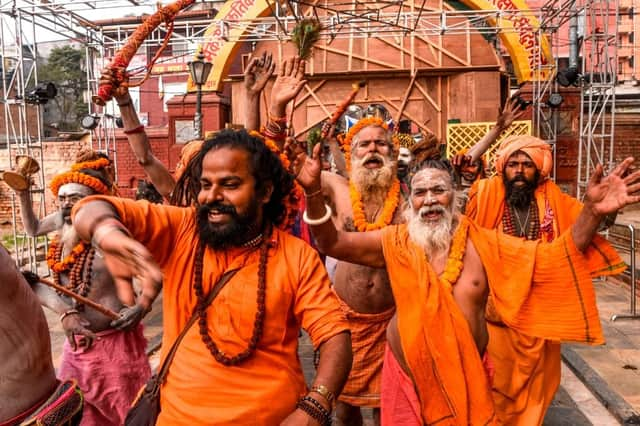Everything you need to know about Maha Shivaratri - and how the festival is celebrated


Maha Shivaratri is a Hindu festival celebrated annually in honour of the god Shiva, one of the religions principal deities and the Supreme Being in Shaivism, one of the major traditions within Hinduism.
There is actually a Shivaratri in every luni-solar month of the Hindu calendar, falling on each month's 13th night/14th day.
Advertisement
Hide AdAdvertisement
Hide AdBut once a year in late winter and before the arrival of Summer, during the Hindu calendar’s 12th and final month of Phalguna – February/March on the Gregorian calendar – comes "the Great Night of Shiva", Maha Shivaratri.
Here is everything you need to know about it.
What is Maha Shivaratri?
This is the night on which Shiva performs the “heavenly dance” of creation, preservation and destruction, according to legend.
The date of origin of the ancient festival is unknown, and the story behind Maha Shivaratri differs slightly depending on which of the many Purana – a genre of Indian literature on legends and lore – you draw inspiration from.
One story suggests Maha Shivaratri is the night when Shiva and Parvati (the Hindu goddess of fertility and love) were married, while another suggests the annual occasion is an opportunity for Hindus to get over their past sins and restart on a virtuous path.
Advertisement
Hide AdAdvertisement
Hide AdIn many Hindu teachings, Maha Shivaratri is considered the day when the first guru awakened his consciousness at the material level of existence. According to Tantra, at this stage of consciousness, no objective experience takes place and the mind is transcended.
It’s a major festival in the Hindu calendar, but unlike some other Hindu celebrations, Maha Shivaratri is a solemn affair, and not one that usually sees lavish parties and frivolity.
How is it celebrated?
The festival, being a remembrance of overcoming the darkness and ignorance of life and the world, is instead observed by chanting prayers, fasting and meditating on life’s virtues.
It’s an introspective affair, with a focus on self study and social harmony, and Maha Shivaratri can vary in length depending on exactly where it falls in the Hindu calendar; it can be as short as three days, or as long as 10.
Advertisement
Hide AdAdvertisement
Hide AdDevout Hindus may observe the festival by staying awake all night hosting vigils and prayers, while others may visit a Shiva temple or go on a pilgrimage to a Jyotirlingam, one of 12 traditional shrines in India devoted to Shiva.
Offerings of fruits, leaves, sweets and milk are made to Shiva while many observers partake in all-day fasting, while meditative Yoga is a common Maha Shivaratri activity.


Despite its more downbeat traditions, dance is strongly linked to the festival, mimicking Shiva’s own “heavenly dance” of creation.
At major Hindu temples throughout India, artists gather for lively dance festivals and fairs, some of which can see pilgrims camped for miles around temple complexes.
Advertisement
Hide AdAdvertisement
Hide AdThe festival is celebrated the world over, and outside of South Asia, in Indo-Caribbean communities, Hindus spend the night in one of hundreds of Hindu temples across the country, making offerings of milk and curd, flowers, sugarcane, and sweets.
When is Maha Shivaratri 2021?
In 2021, Maha Shivaratri falls on Thursday 11 March.
A version of this article originally appeared on our sister title, the Yorkshire Evening Post